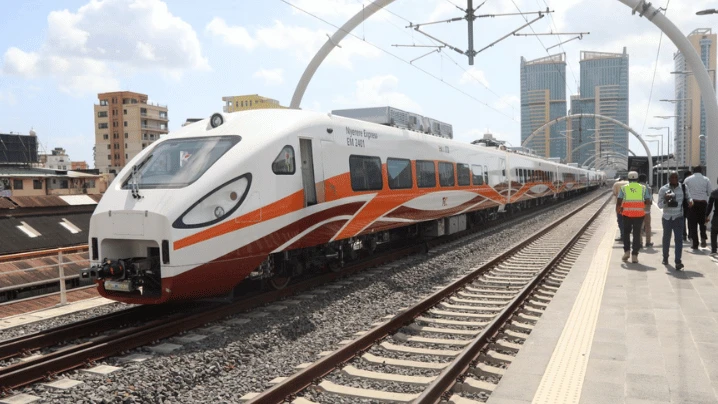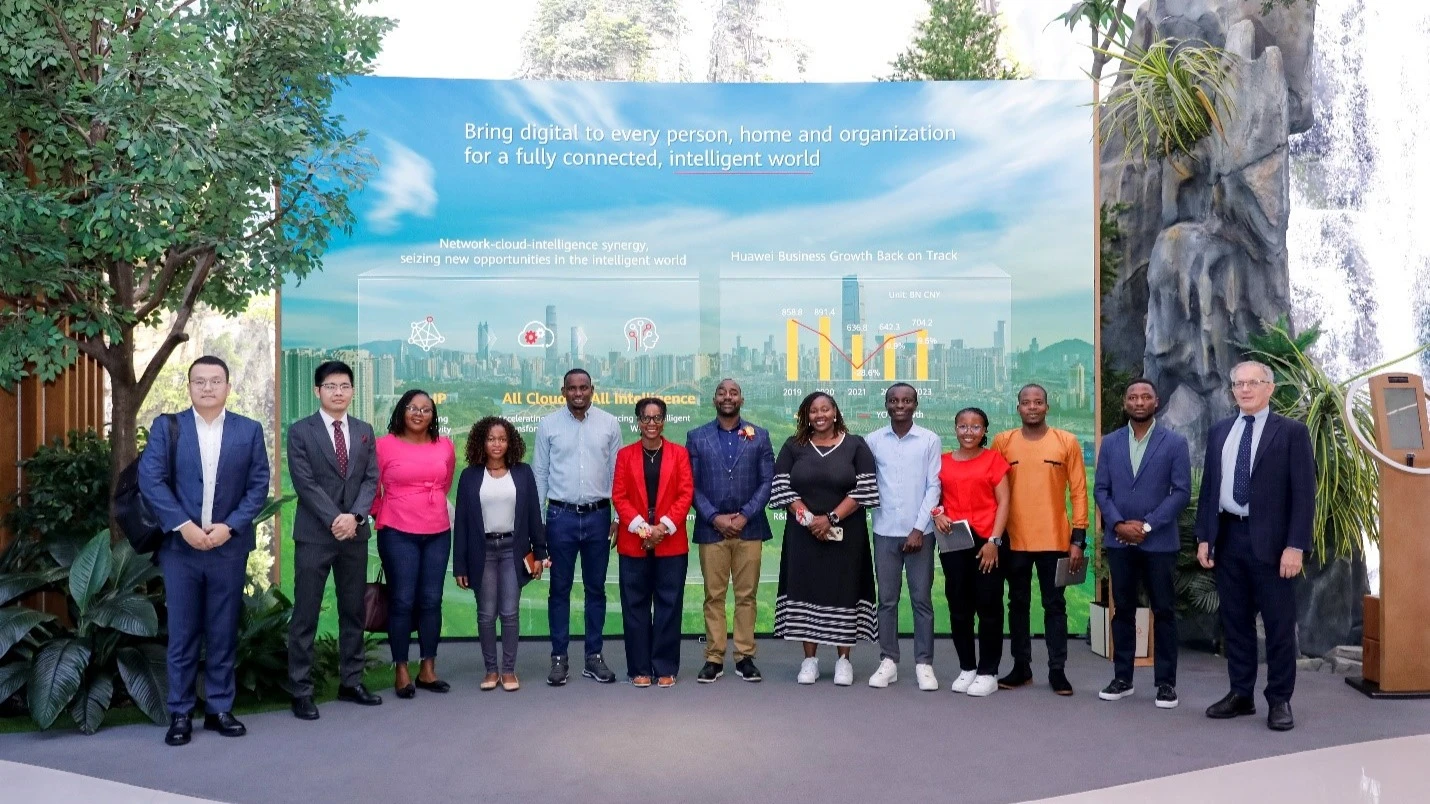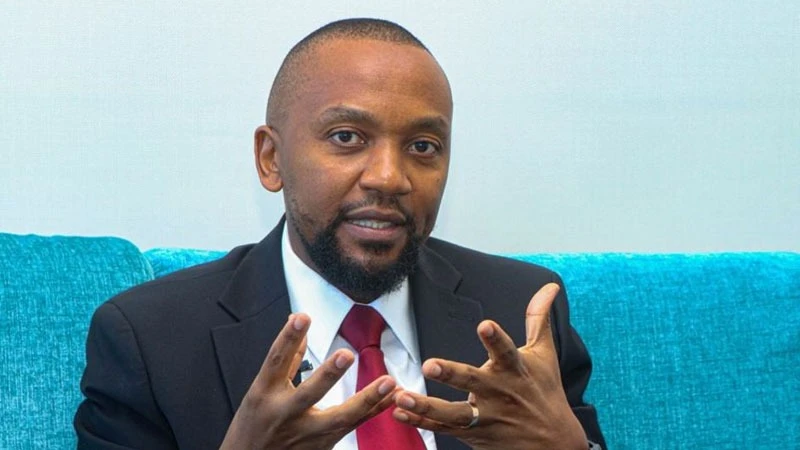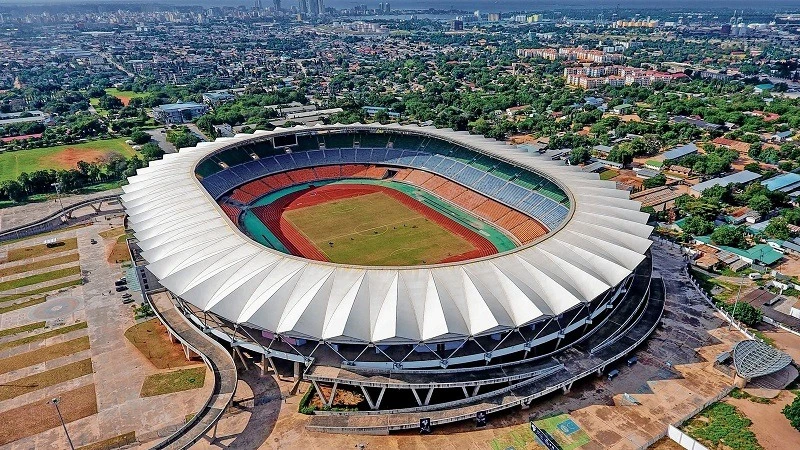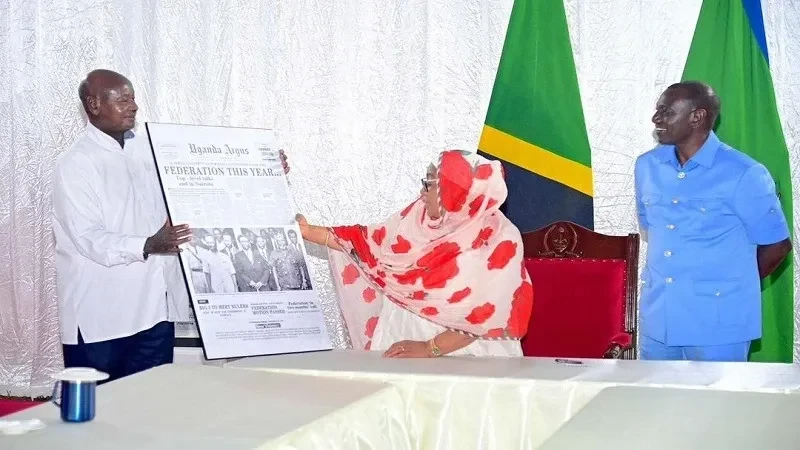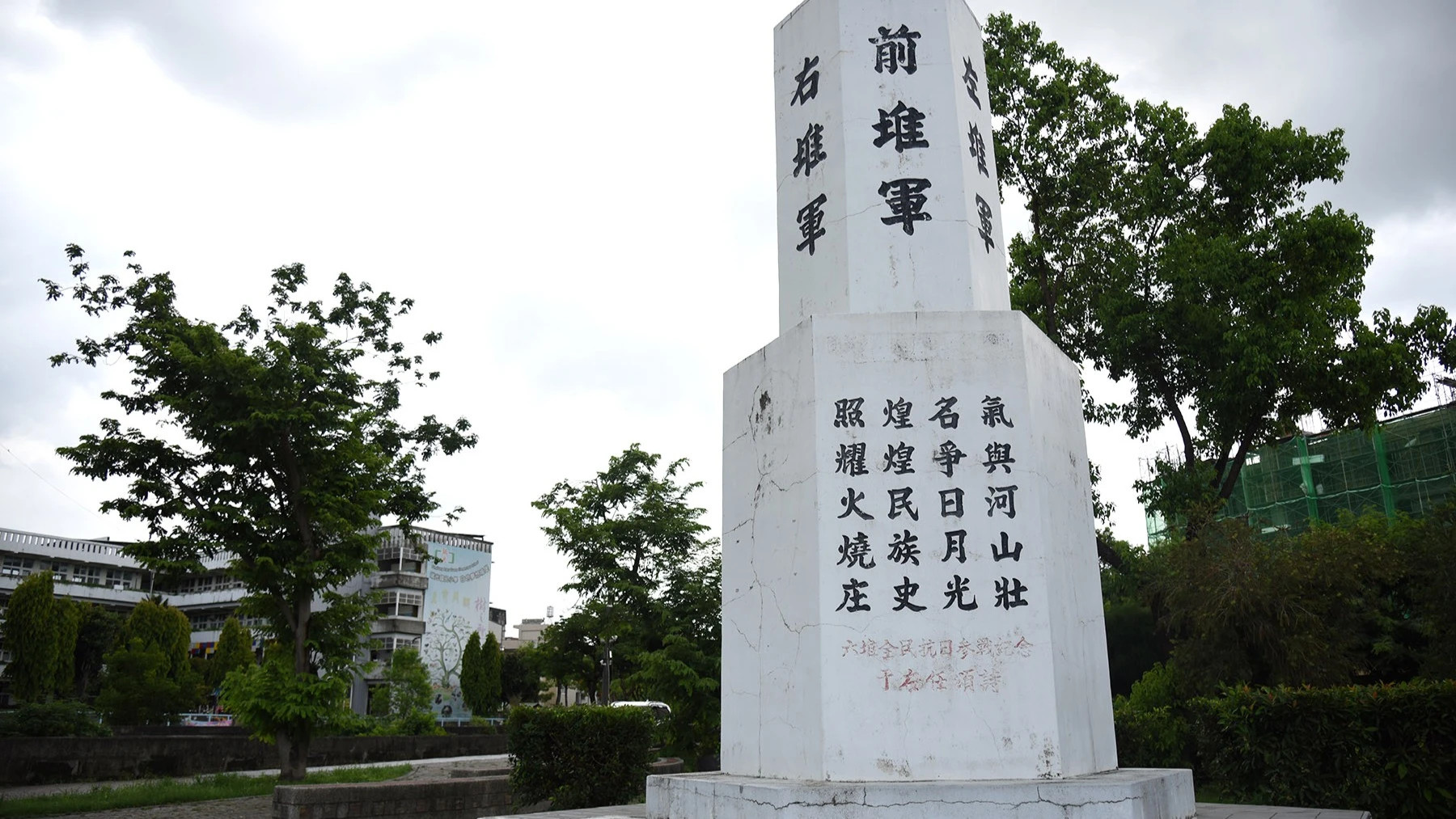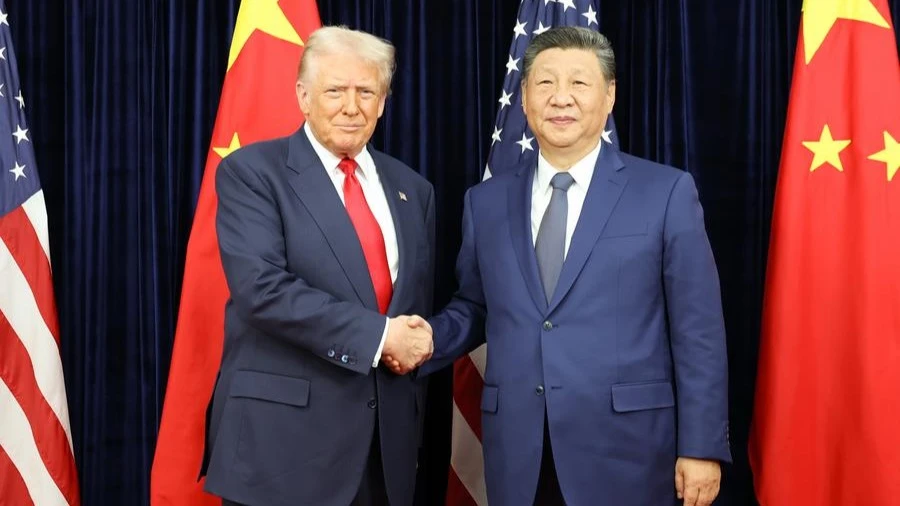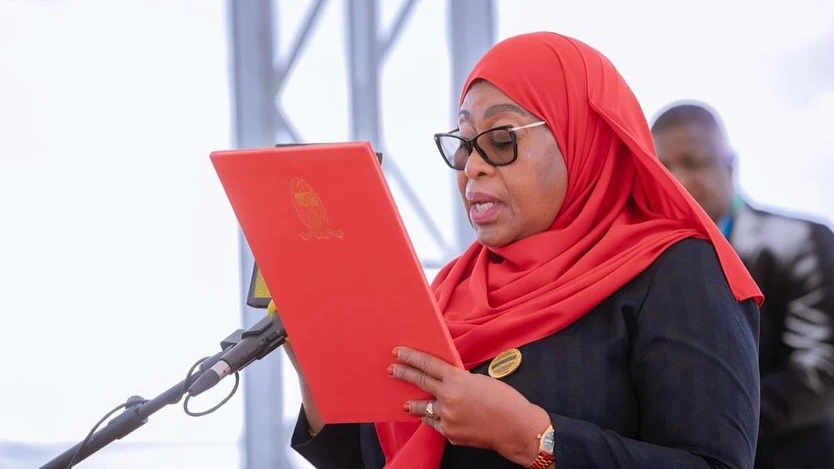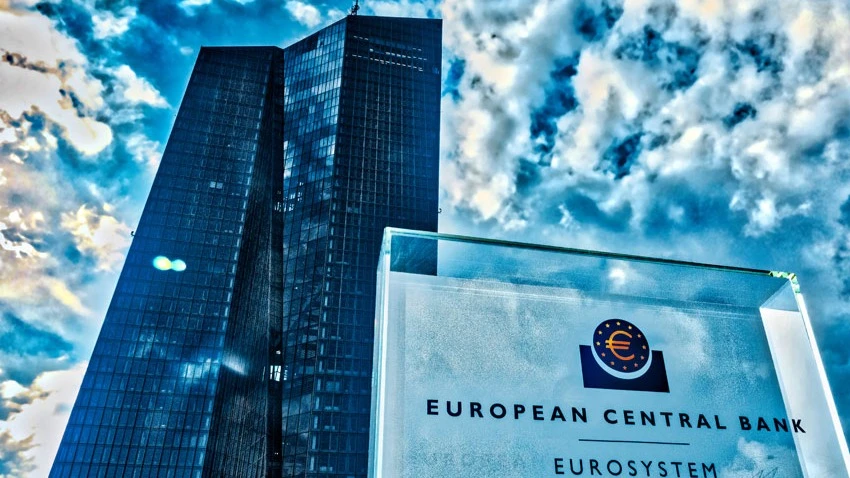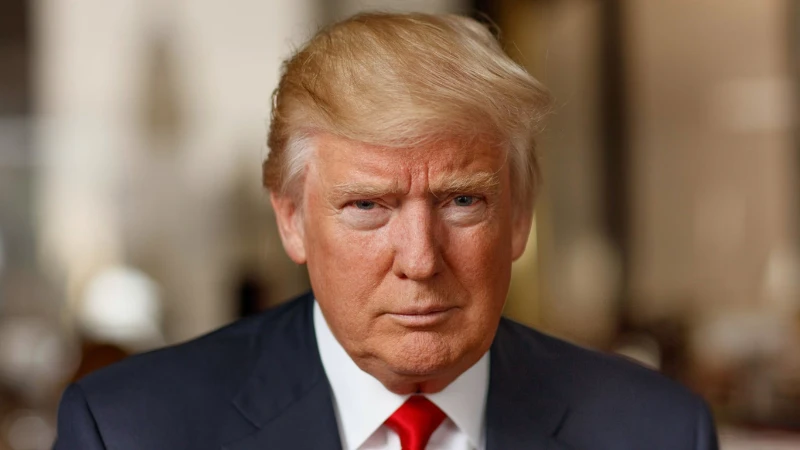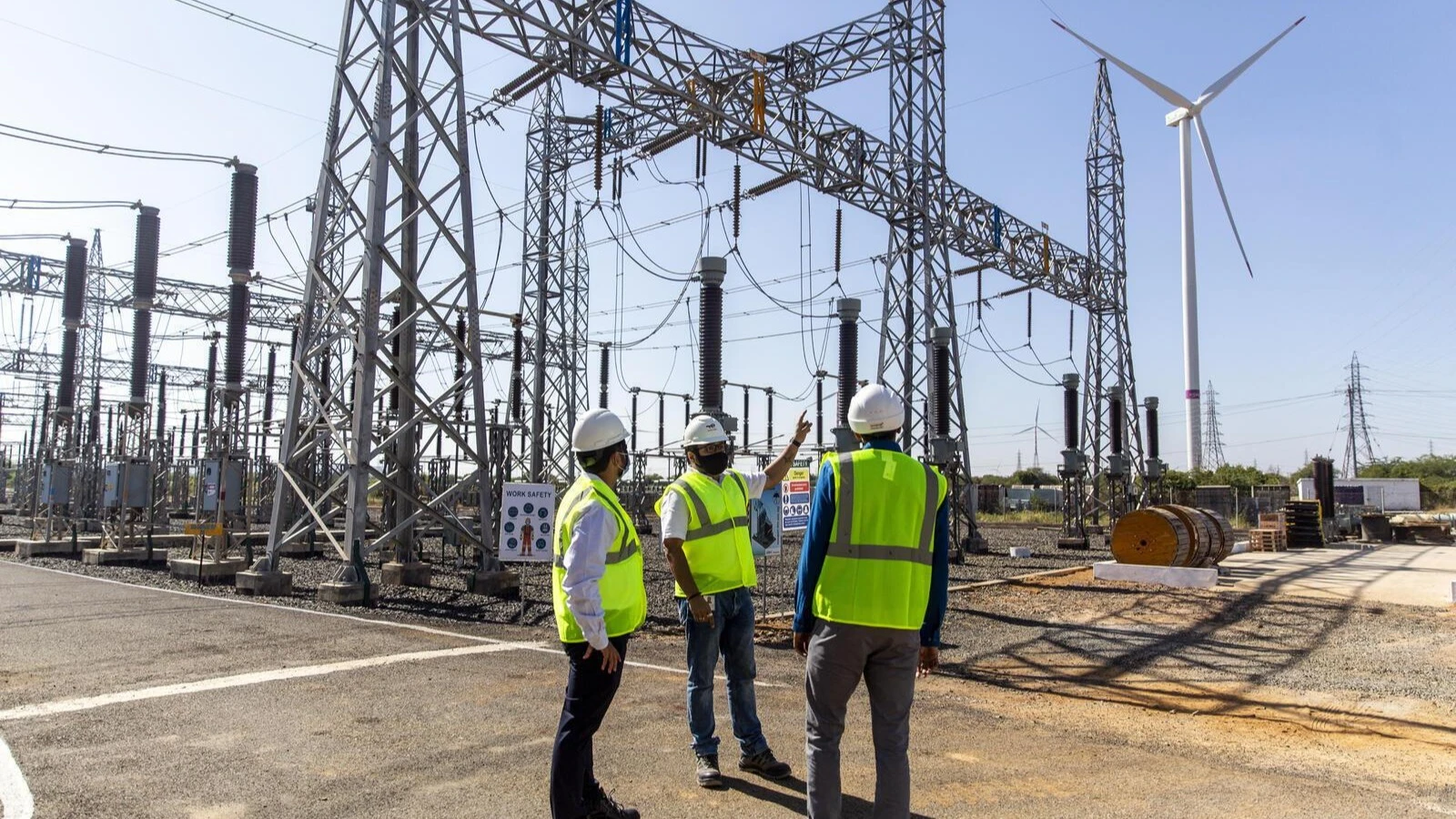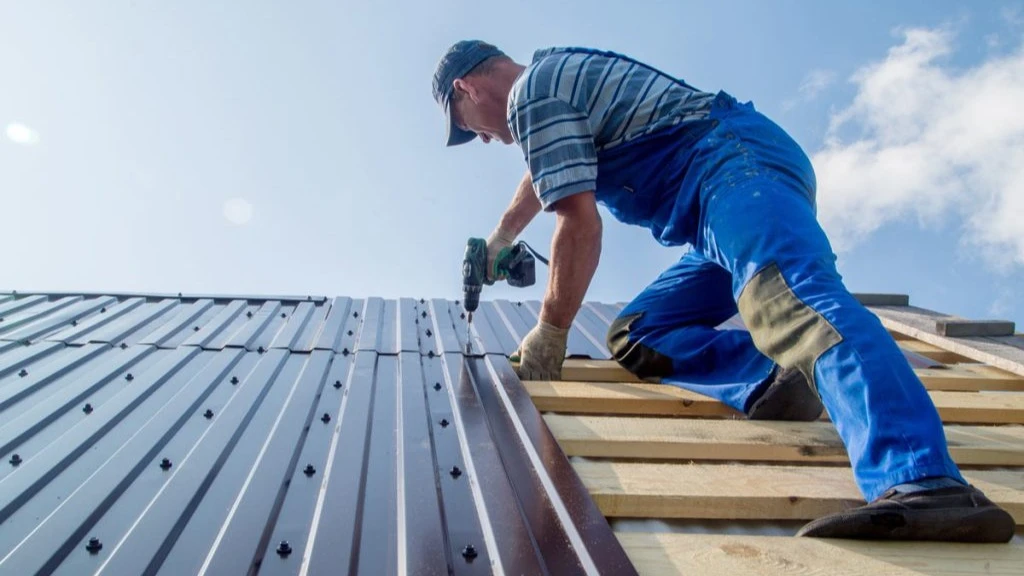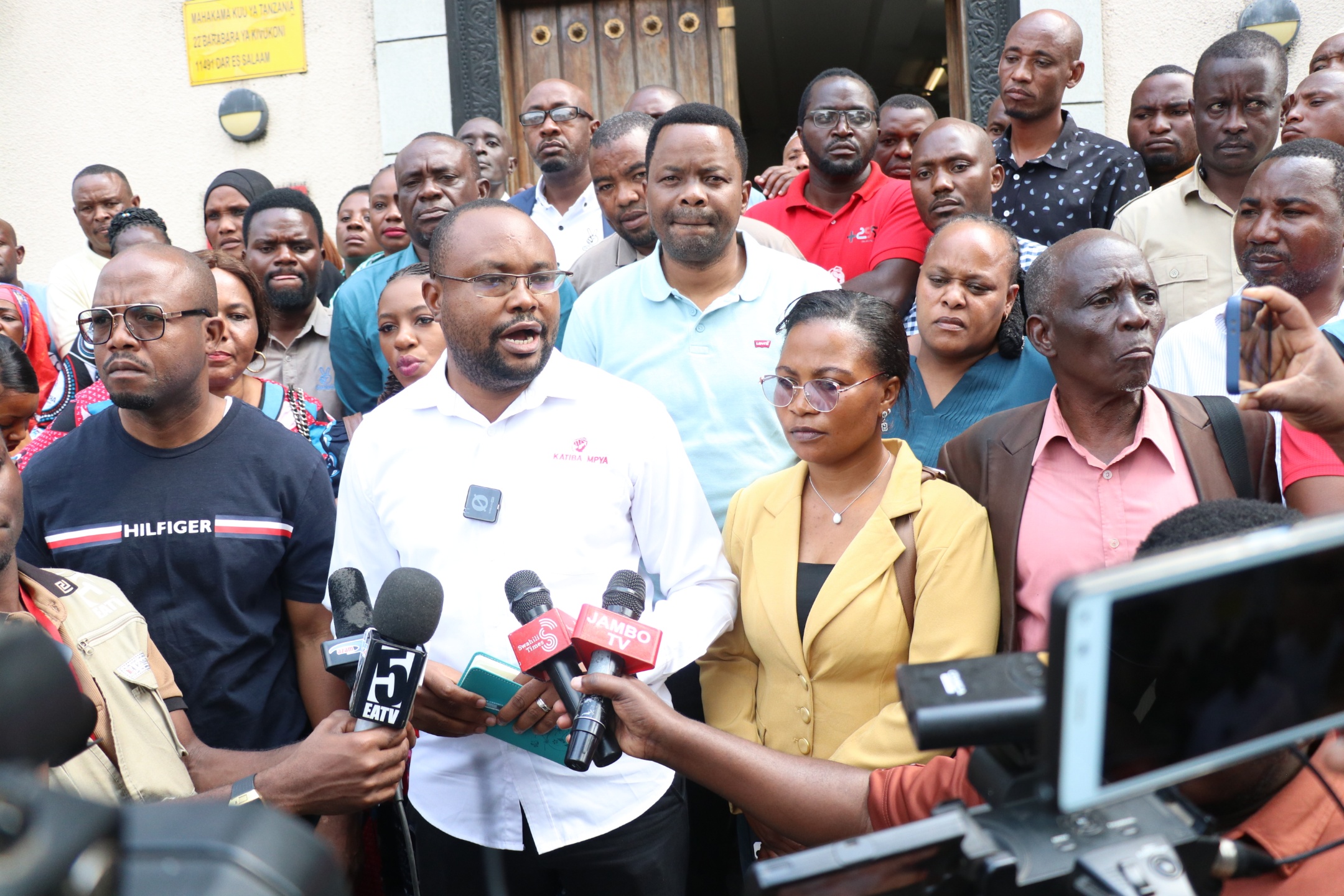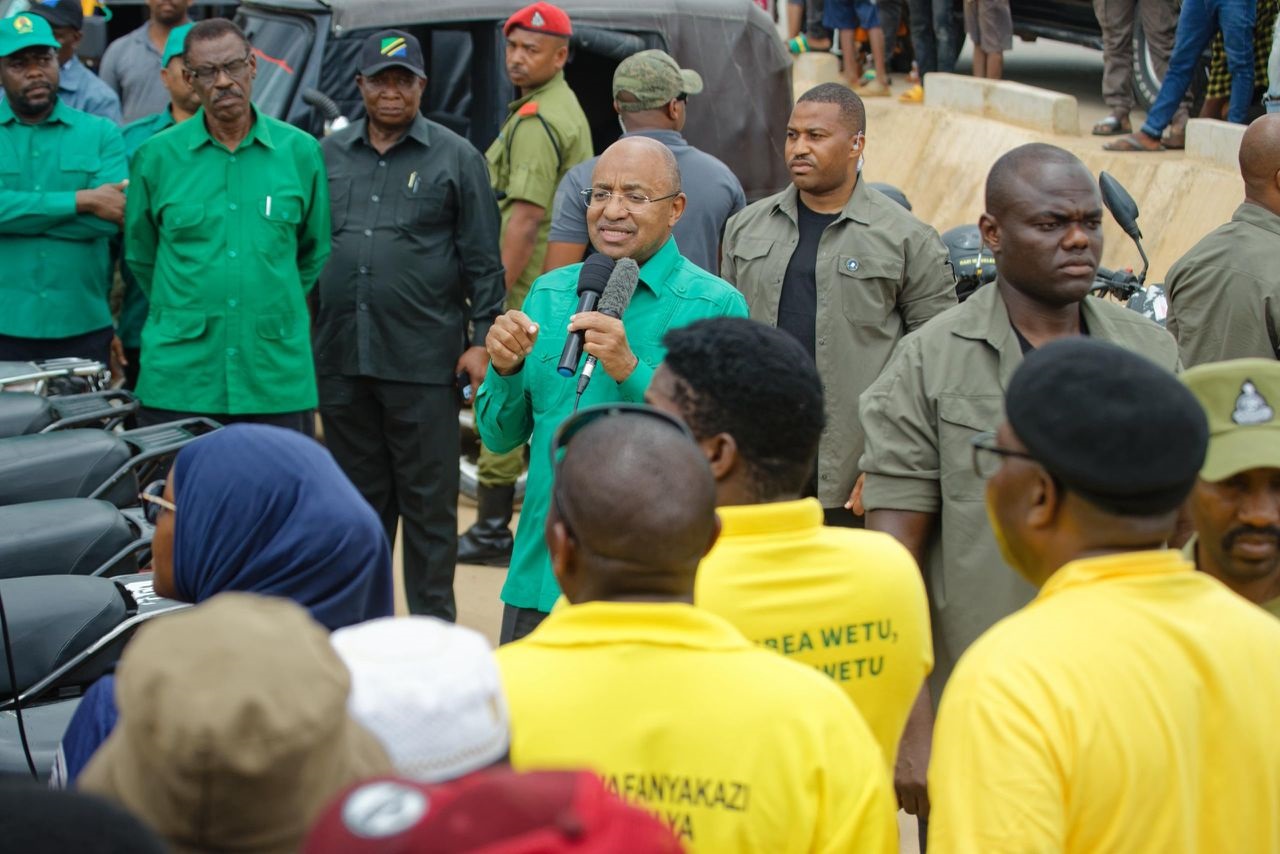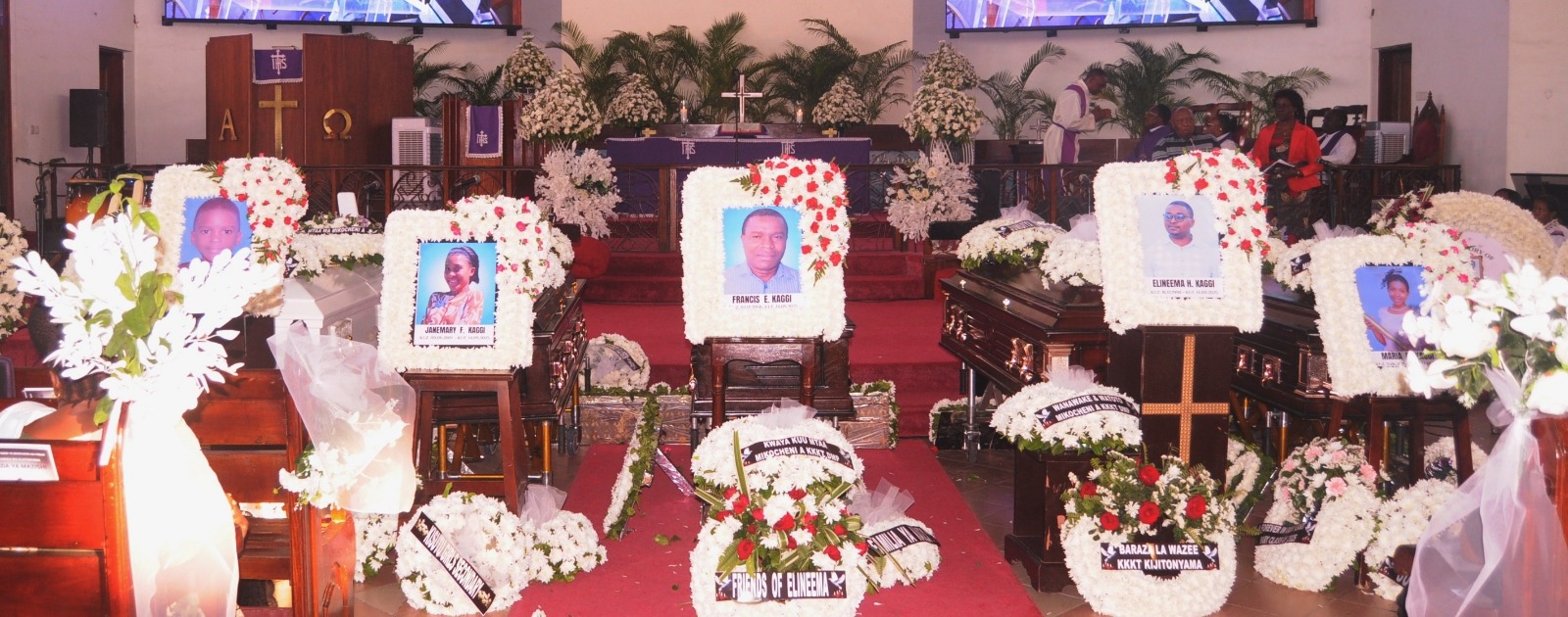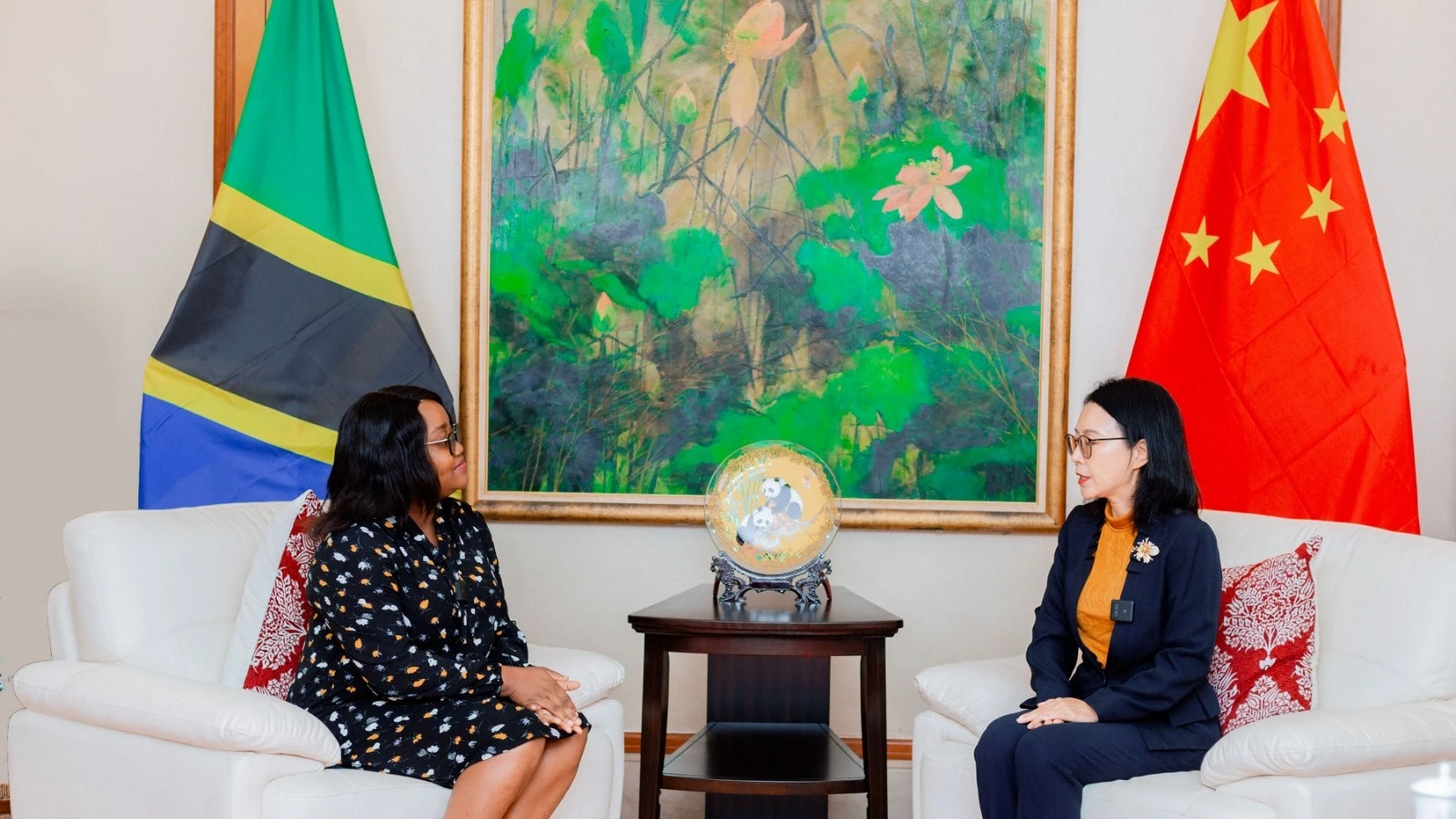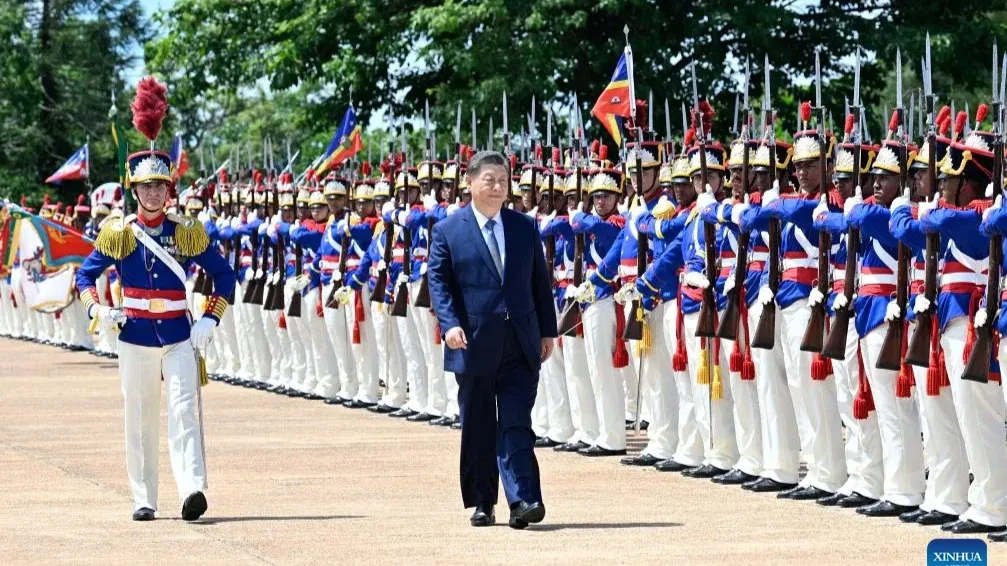SSA grid investment grow by 6pc in ten years

Grid investment in sub-Saharan Africa grew by 6 percent on average between 2015 and 2024; with the cumulative grid investments in the region amounted to USD54 billion, less than half of those in Southeast Asia, where several countries have achieved universal access in the last years.
According to the latest report titled financing electricity access in Africa by International Energy Agency (IEA), almost all investment in grid networks in Africa is currently made by national governments, with only eight countries in the region allowing private participation in distribution and only four in transmission as of 2023.
However, rising public debt limits governments’ fiscal space and prevents them from being able to fund these projects via state-owned utilities, which frequently face financial challenges.
As a result, in recent years, some governments – notably Zambia, Kenya, Tanzania, Senegal, Burundi and South Africa – have begun opening their electricity networks to private sector investment.
Regional and continent-wide efforts to pool power, including under the African Single Electricity Market, are also being developed to create larger power markets and encourage power trading, which can in turn attract more investment into grid projects.
Investment in grid networks to expand electricity access do not necessarily lead to higher access rates as historically, high up-front connection fees have posed a barrier, often preventing households from connecting to the grid.
For instance, evidence from 2014 showed that, despite the substantial investment in expanding the grid, half of households without access in Kenya were located as close as 200 metres from a low-voltage distribution line.
To increase new connections, in 2015 the Kenyan government launched the USD630 million Last Mile Connectivity Project (LMCP), which involves the extension of low-voltage distribution networks, along with a subsidised connection fee of USD171, reduced from USD398.
The projects has achieved economies of scale, with costs per connection falling as more households have connected, and has helped improve Kenya’s electricity access rate, which increased from 56 percent in 2016 to 73.4 percent in 2018.
Alongside Kenya, in recent years several countries have taken steps to reduce connection charges, acknowledging that such fees can present a significant barrier to achieving universal access.
In 2022, the government of Benin approved a policy to reduce connection fees for new customers from CFA francs 20 000 (approximately USD36) to 10 000, effective from 2025.
Likewise, in the Gambia, meter fees were reduced significantly – from GMD 8500 (USD 22) to GMD 500 (USD7) in 2024 – with the support of international development partners and targeting rural areas specifically.
Where investments into grid networks are occurring, the vast majority do not involve lastmile connections in rural areas (the expansion of low-voltage distribution lines with the aim of providing first-time access), which are often less commercially viable than urban, periurban or industrial areas.
Last-mile grid programmes often lead to significant losses for the state utility, as new customers’ consumption levels tend to be low.
For example, in Kenya the LMCP contributed to a significant drop in residential consumption levels, which fell by 70 percent between 2009 and 2017.
Low consumption levels make it challenging to offset the high capital costs of extending gridlines to remote areas.
Studies in East Africa found the average cost of extending electricity lines to unelectrified rural communities was between USD2,400 and USD8,000 per connection.
This cost cannot be passed through to the consumer entirely, with governments adopting different approaches to setting connection changes.
In some countries, like South Africa, Botswana and Benin, connection charges are fully subsidised, while in others, like Côte d’Ivoire, Kenya and Namibia, fees are above USD100.
The inability of utilities to recoup capital costs through either the connection fee or usage tariffs makes grid expansion projects reliant on public funding.
Given the high debt levels already facing many governments in the region, the design of future grid financing must be sensitive to debt sustainability and is likely to rely on support from international public finance providers.
Top Headlines
© 2025 IPPMEDIA.COM. ALL RIGHTS RESERVED



